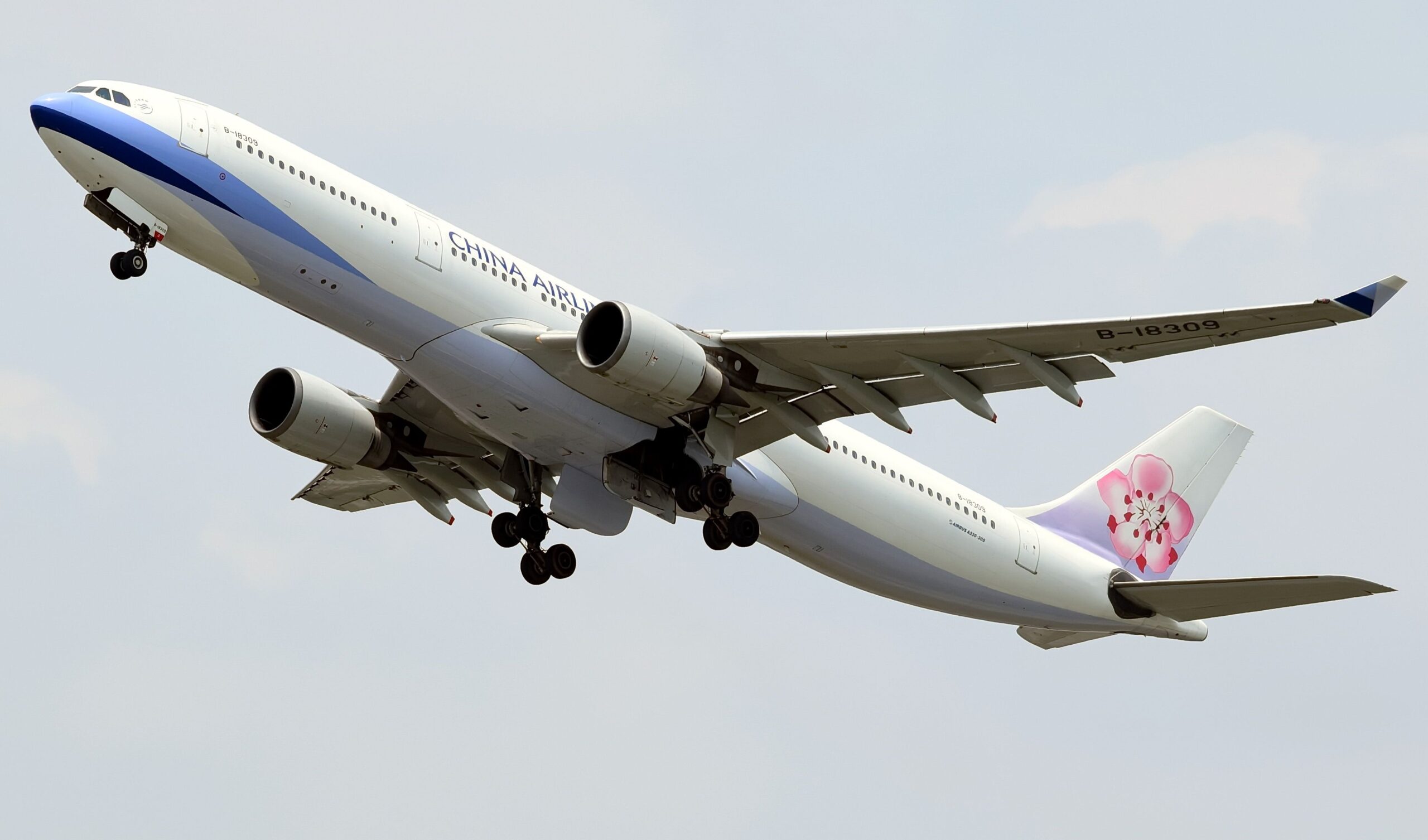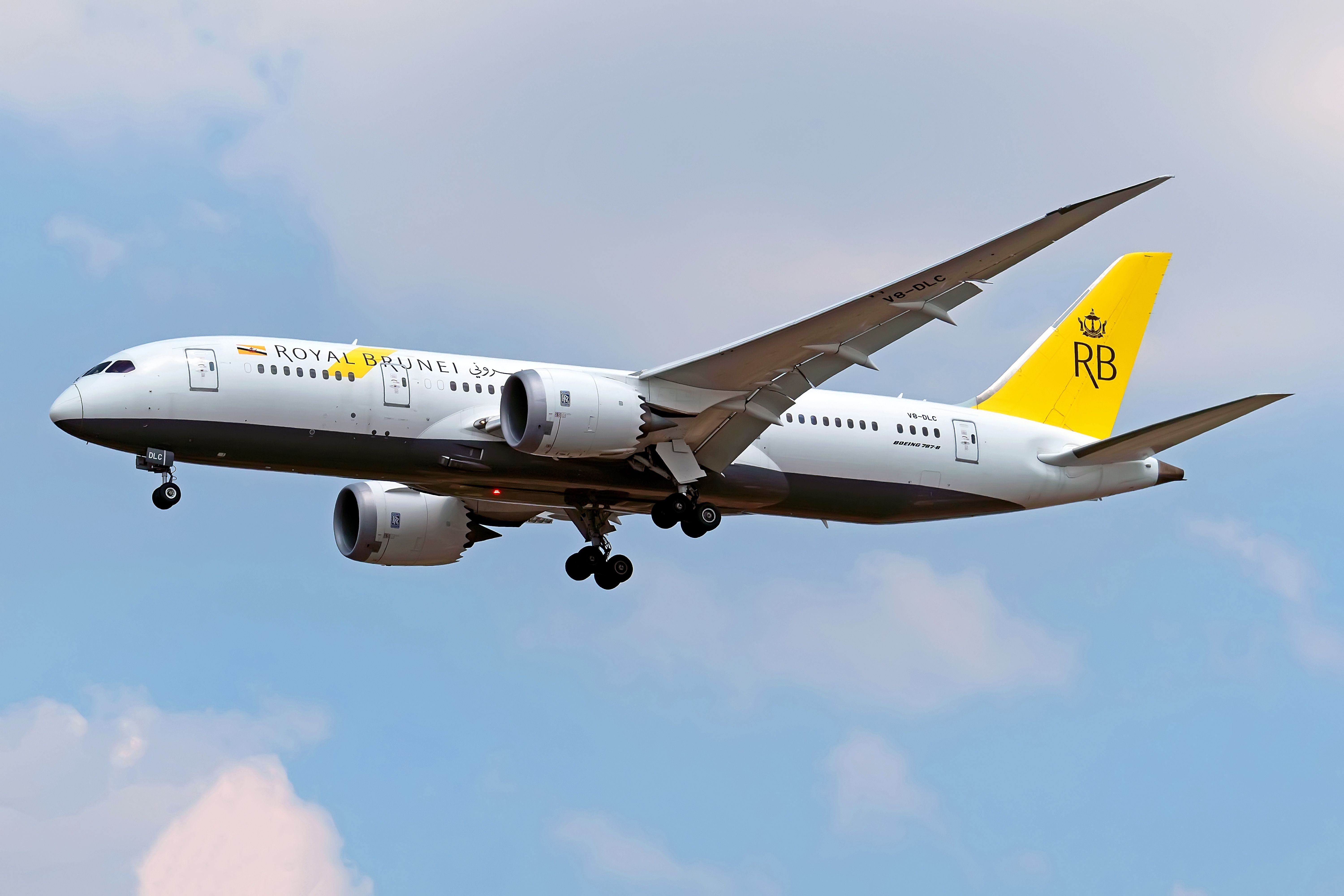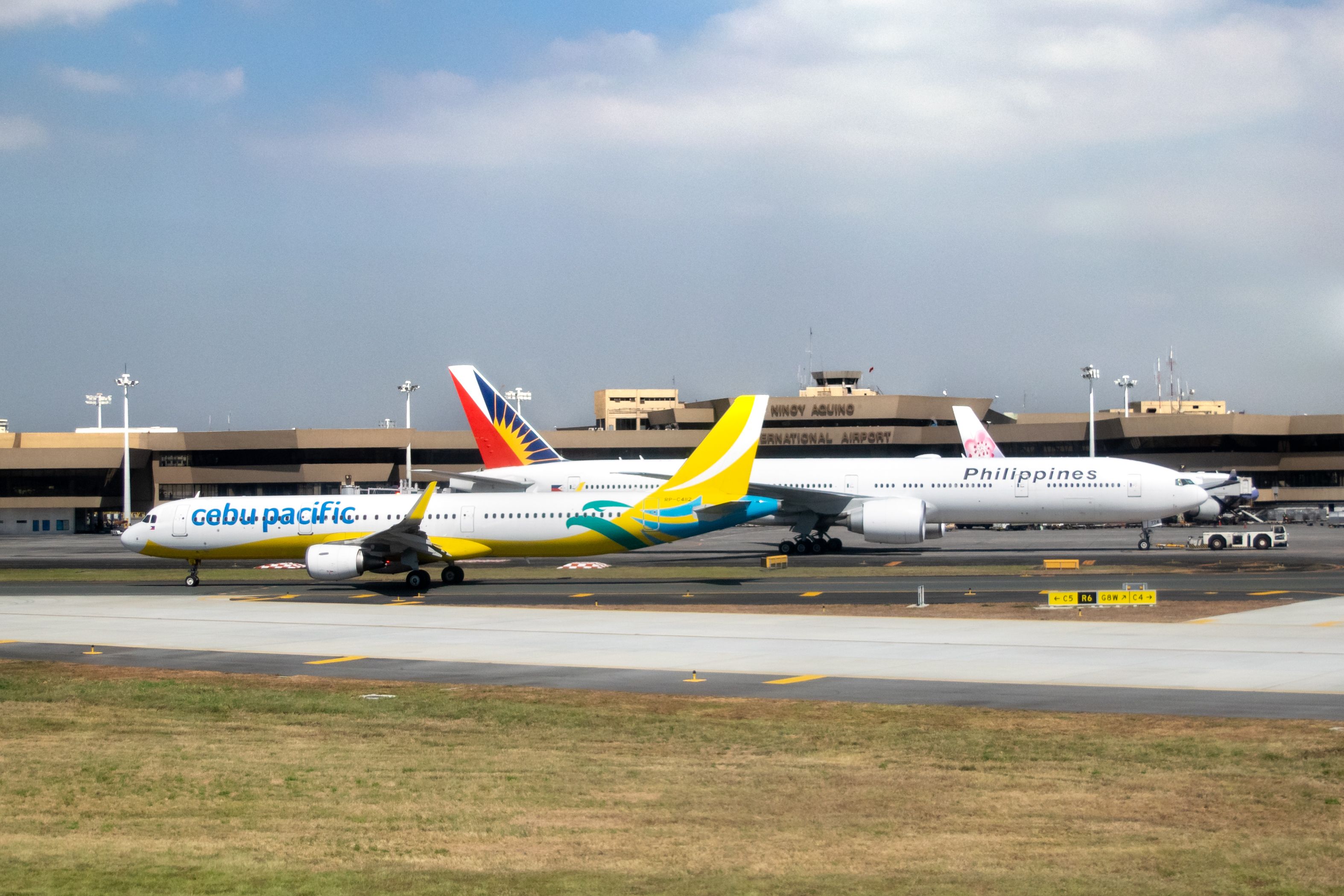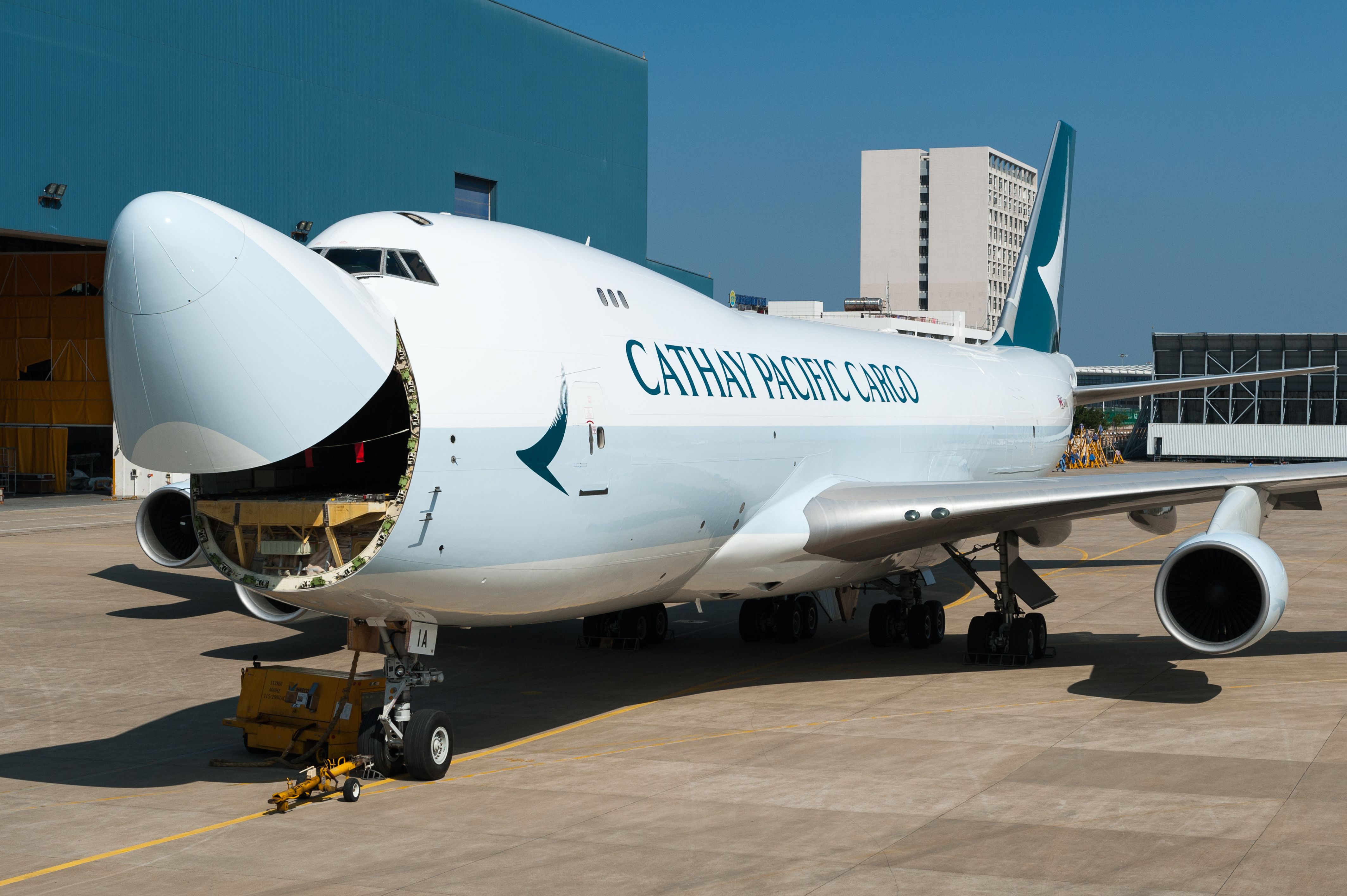Summary
- Asia-Pacific airlines carried nearly 50% more international passengers in the first five months of 2024 compared to the same period in 2023.
- The Association of Asia Pacific Airlines (AAPA) represents carriers of all sizes and produces a monthly international traffic report.
- Rising costs, such as the strong US Dollar and jet fuel prices, are putting pressure on profit margins for Asian airlines.
The airlines of Asia-Pacific are ticking over nicely and, in the first five months of this year, carried nearly 50% more international passengers than in the same period in 2023. Airlines are consistently opening new or resuming suspended routes across the region and beyond, and with the summer season now upon us, traffic numbers are set for another boost toward full pre-pandemic recovery.
A broad cross-section of airlines
The Association of Asia Pacific Airlines (AAPA) is the trade association that represents scheduled international airlines based in the Asia-Pacific region. It represents carriers of all shapes and sizes and brings the leaders of those airlines together for its annual Assembly of the Presidents, which this year will be held in Brunei, the home of Royal Brunei Airlines.
Photo: Hafit Irawan | Shutterstock
Beyond its member airlines, AAPA produces a monthly international traffic report that is comprised of data from 40 Asia-Pacific-based carriers. Some airlines that supply traffic results to AAPA include China Airlines, Singapore Airlines, Qantas, Cathay Pacific, Thai Airways, Korean Air, AirAsia, Vietnam Airlines, Philippine Airlines, Garuda Indonesia, and China Eastern Airlines.
AAPA released the May report yesterday, which showed the region’s airlines carried 27.9 million international passengers, 23.9% more than in 2023 and 91.9% of the 30.4 million in pre-pandemic May 2019. Following the region’s extensive and prolonged lockdowns and travel restrictions, Asia-Pacific was the last to emerge from the pandemic but is now steadily advancing on a full aviation recovery.
Photo: Nate Hovee | Shutterstock
Generally, the region’s airlines have adopted a disciplined approach to adding capacity over the last 12-18 months, only increasing it on known routes that had previously proven profitable. Singapore Airlines has been a master at this and was rewarded with record revenues and profits in 2023/24, with many other airlines following its lead as demand rose throughout the year.
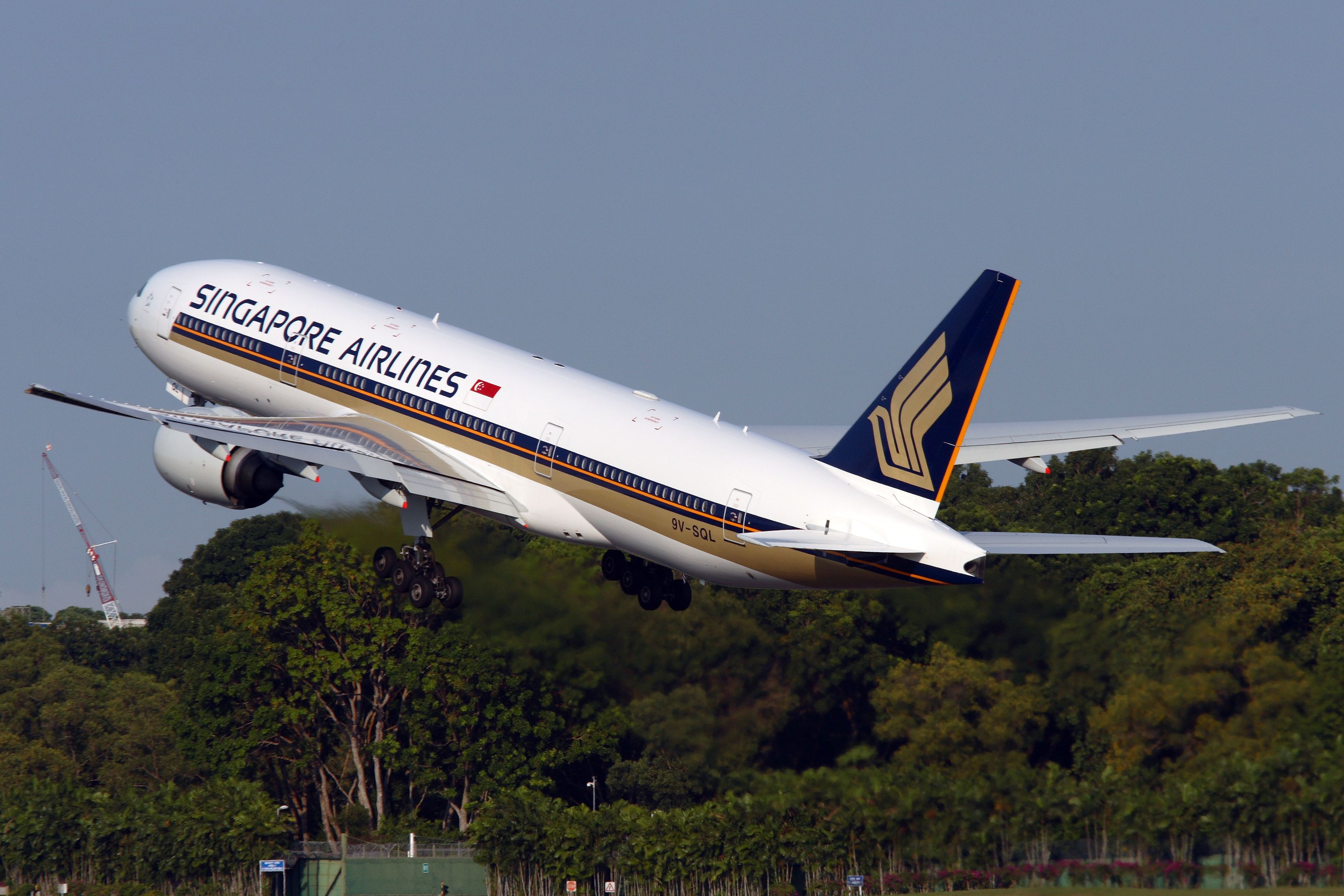
Related
Singapore Airlines Posts Record Revenues and Profits for 2023/24
The Singapore Airlines Group has followed a clear strategy of being the first mover in Asia, which has paid off in record revenues and profits.
In May, demand, as measured by revenue passenger kilometers (RPK), grew by 27.4% year-on-year (YoY) due to the strength in long-haul markets. Capacity or available seat kilometers (ASK) increased by 26.4%, and those movements combined to marginally increase the passenger load factor to 79.0%, a gain of 0.6 percentage points YoY, and ahead of the 78.5% in May 2019.
Rising costs are concerning
AAPA Director General Subhas Menon said that the current pick-up in global economic activity, supported by improvements to business confidence levels and increased consumer spending, has boosted demand for both international travel and air cargo. Looking ahead, he noted:
“Encouraging trends in passenger and cargo markets bode well for Asian airlines this year, following strong traffic performance in 2023. However, profit margins remain under pressure, with operating costs impacted by the strong US Dollar and jet fuel prices averaging above the US$100 per barrel mark during the first five months of the year.”
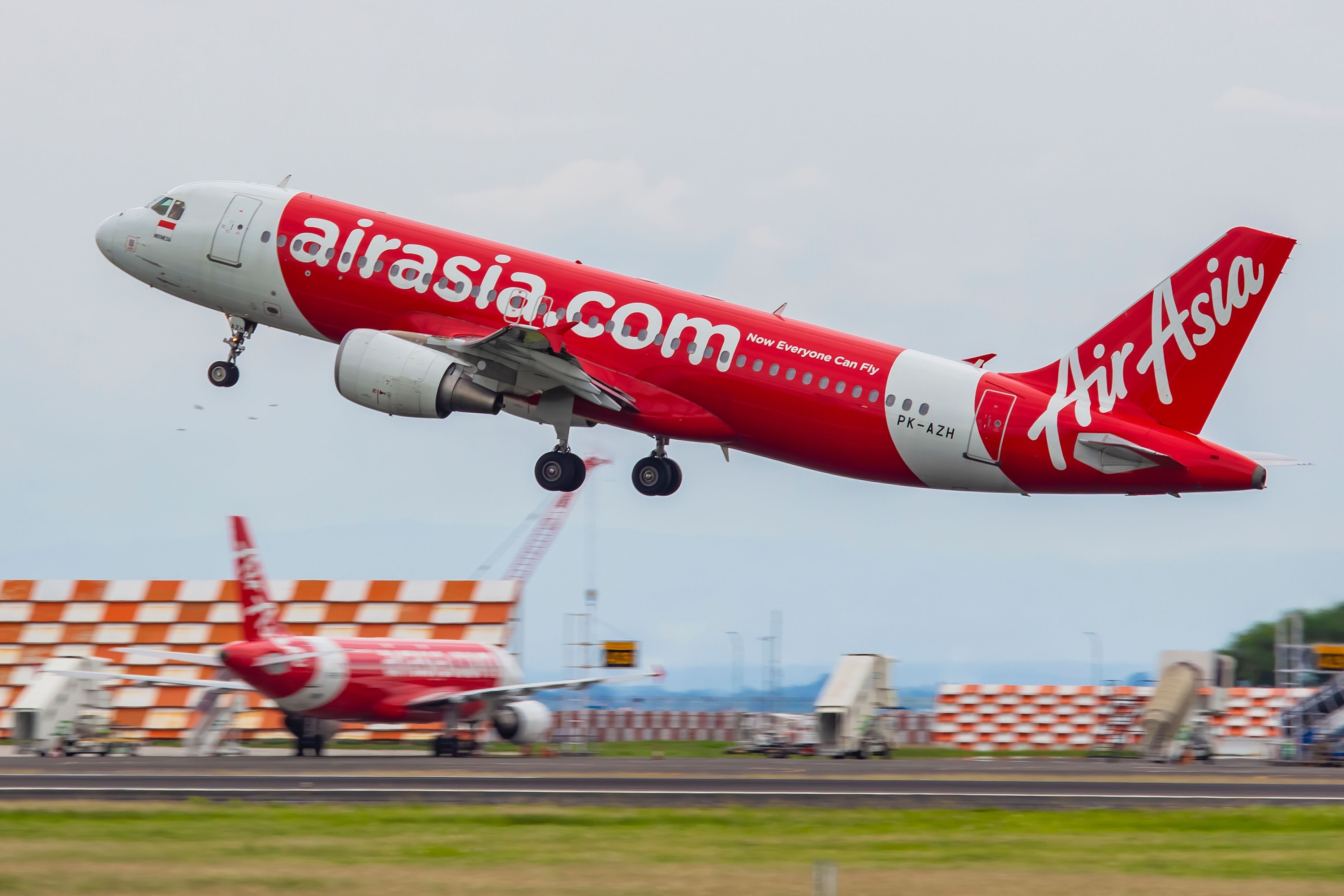
Related
AirAsia Aviation Posts Record Results With More A320s Flying
AirAsia is bouncing back with record first-quarter results while still only operating around 78% of its total fleet.
In the first five months of this year, the region’s airlines carried 144.5 million international passengers, a 44.8% gain on the 99.8 million they transported between January and May last year. In the corresponding period in 2019, they carried 155.1 million, so while the market has recovered to 93.1% of pre-pandemic levels, it is still missing around 11 million passengers from those five months in 2024.
Photo: Cathay Pacific
When COVID grounded the world’s airlines, global cargo operators turned to sea freight to move their goods. In an interesting flip, the current turmoil in international shipping lanes has seen demand grow for air cargo, and as major players in these markets, Asia-Pacific airlines have been the beneficiaries.
AAPA reported that Asian carriers saw international air cargo demand in freight tonne kilometers (FTK) grow by 17.9% YoY. With a 15.1% expansion in offered freight capacity (FATK), the load factor rose by 1.4 percentage points to 61.4%. Compared to May 2019, demand is higher, available capacity is lower, and the load factor has increased from 59.0% to 61.4%
Have you flown recently with an Asian airline? Let us know in the comments.

